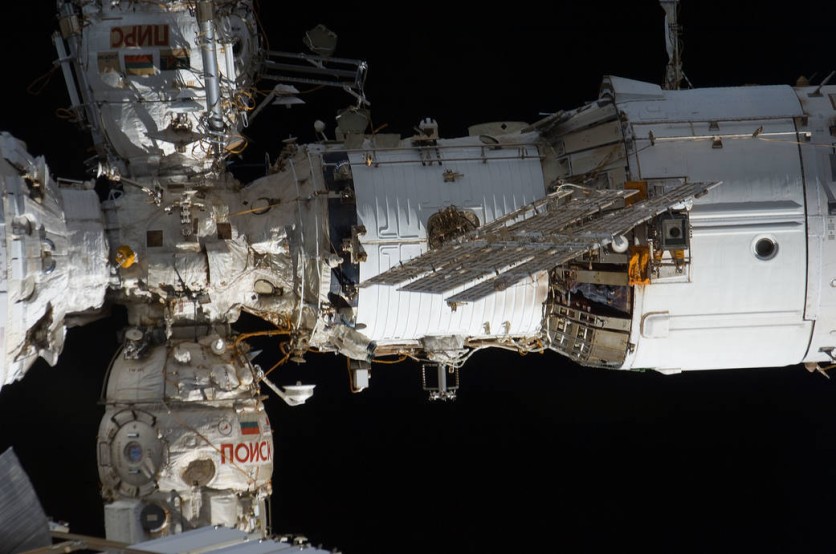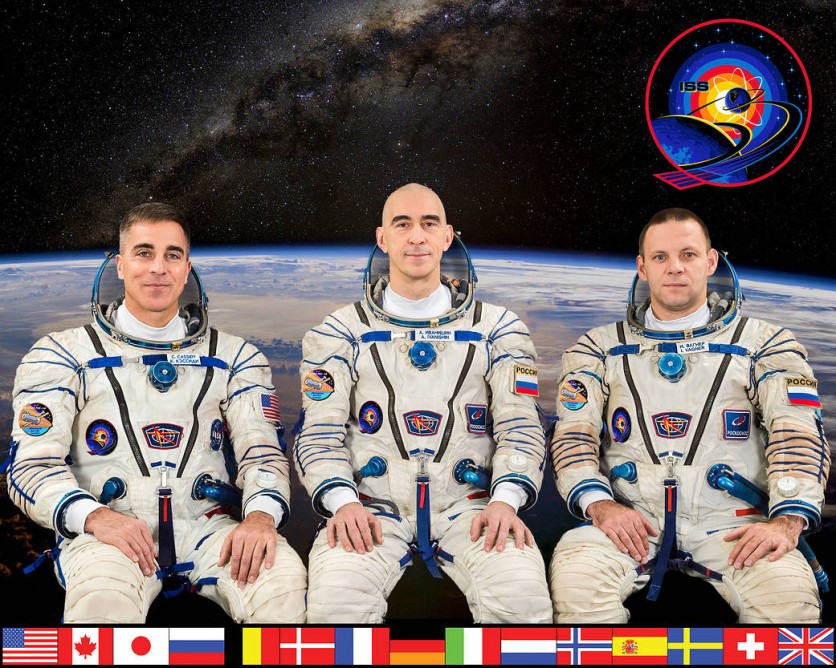NASA is currently investigating the source of a leak in the International Space Station (ISS), so the three-man crew had to spend the weekend in the orbiting Russian segment.
The Expedition 63 crew includes NASA's Chris Cassidy and two Roscosmos cosmonauts Ivan Vagner and Anatoly Ivanishin would have to transfer to the Russian segment Zvezda service module from Friday, August 21, until Monday morning, August 24, according to CNET. This will give ample time for NASA to search for the source of "a tiny bit" of leak that affects ISS' atmosphere.

According to a statement, the agency first noticed in September 2019 a slight increase in cabin air leak rate, which goes beyond the standard. However, due to spacewalks and spacecraft arrivals and departures, and other routine station operations, it took time for NASA to gather sufficient data to characterize those measurements.
While NASA said the leak is still within segment specifications and does not pose an immediate danger to the space station or the crew members, the agency would work over the weekend to identify, isolate, and hopefully restore the source of the leak as scientist confirmed the pressure rate has slightly increased.

Transferring the crew to Zvezda would allow the crew to close down the station hatches while NASA could closely monitor the air pressure in each segment. The agency added that the test will not bring any safety concern for the crew" while mission controllers could figure out the source of the stubborn leak by looking for the module that experiences a leak rate that is higher than the standard. NASA and Roscosmos expect that preliminary results of the investigation will be available next week.
The atmospheric pressure in the ISS is strictly maintained, so crew members can comfortably live and work daily. Thus, even the slightest air leaks would require routine repressurization of nitrogen being supplied during cargo resupply missions.
Read also: NASA: OSIRIS-REx Mission Is All Set To Get Samples From Bennu Asteroid
Space Traffic Clear at Station Until October
The transfer to Zvezda over the weekend is perfect timing as ISS space traffic will be clear until October when the Expedition 64 crew, a U.S. Cygnus cargo ship from Northrop Grumman, and the SpaceX Crew-1 mission arrive at the station within three weeks.

On August 19, Expedition 63 Commander Cassidy switched off communications gear that was used to send commands to Japan's H-II Transfer Vehicle-9 (HTV-9), which departed on August 18. The cargo craft will orbit Earth until it descended over the South Pacific on August 19.
The rest of the crew is now focused on lab maintenance before their weekend sleepover to Zvezda. Ivanishin installed current converters throughout the lab's Russian segment while Vagner worked on more orbital plumbing as well as explored techniques to enhance Earth photography.
The module has plenty of rooms with living quarters that allowed permanent human habitation in space since Nov. 2, 2000, after the Expedition 1 crew reached the ISS. The Expedition 63 crew will also have access to the Poisk mini-research module as well as their Soyuz MS-16 crew ship during their stay.
Read also: SpaceX's Falcon 9 Booster Flies Again for the Sixth Time, Carrying 58 Starlink Satellites and 3 Planet Satellites
This is owned by Tech Times.
Written by CJ Robles




